Gothic
Gothic fiction blends horror and romance, often set in mysterious, decaying settings with dark emotional undertones.
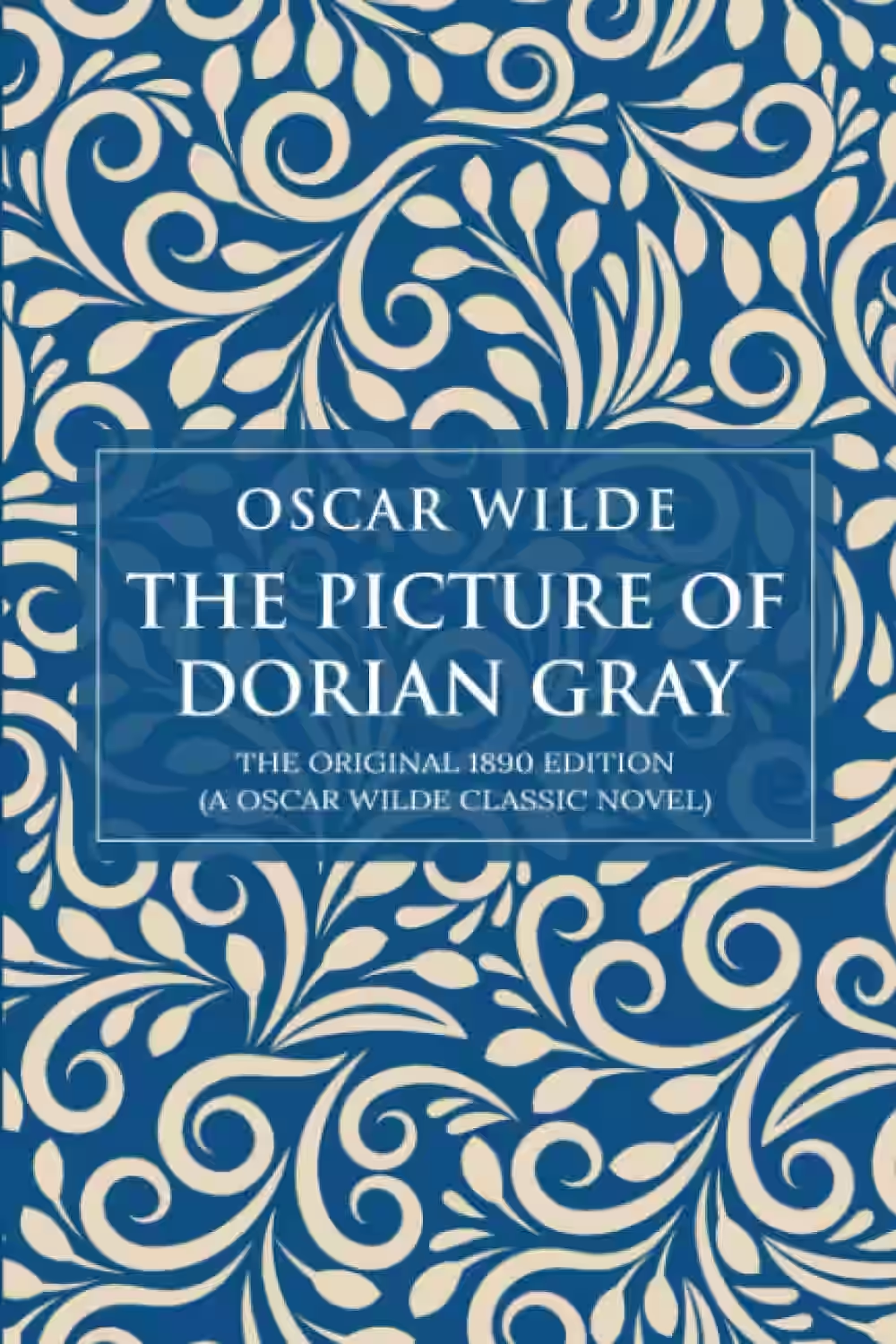
The Picture of Dorian Gray
by Oscar Wilde
This Victorian Gothic novel tells the story of a beautiful young man who trades his soul for eternal youth while his portrait ages and grows increasingly hideous with each of his sins. As Dorian pursues a life of hedonism and corruption, the novel explores themes of art, beauty, morality, and the nature of the soul.

Slade House
In David Mitchell's 'Slade House,' readers are taken on a chilling and mysterious journey through a haunting house that only appears once every nine years. As unsuspecting visitors are lured into its depths, they become entwined in a sinister web of deceit and supernatural forces. Mitchell masterfully weaves together elements of horror, fantasy, and psychological suspense, creating a narrative that is both gripping and unsettling. The themes of loss, memory, and the eternal battle between good and evil are expertly explored, keeping readers on edge until the final page. 'Slade House' is a haunting and captivating read that will leave a lasting impression.
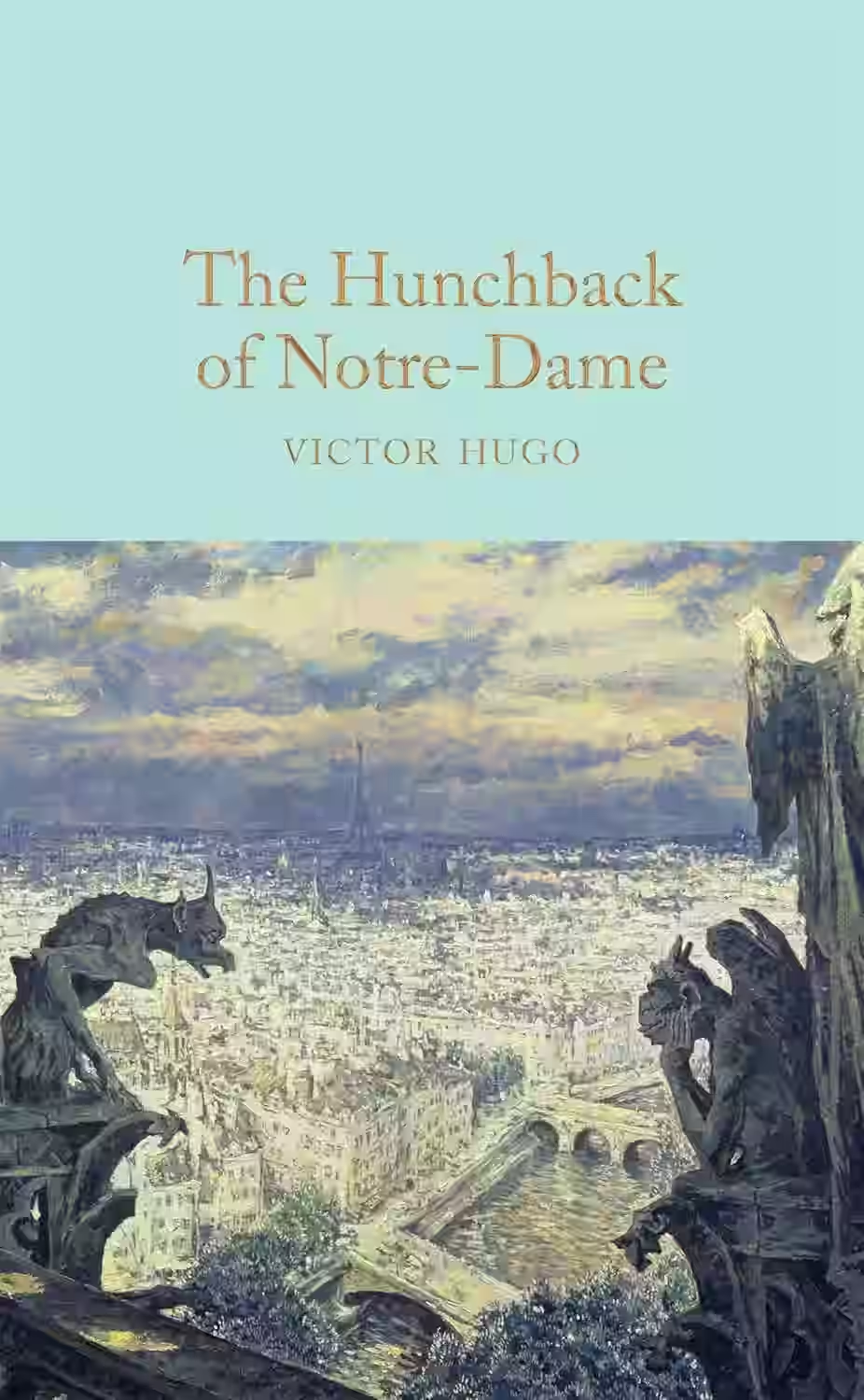
The Hunchback of Notre-Dame
by Victor Hugo
An emotionally stirring story, Victor Hugo's The Hunchback of Notre-Dame is rightfully considered to be one of the finest novels ever written. Rejected by fifteenth-century Parisian society, the bell-ringer Quasimodo believes he is safe under the watchful eye of his master, the Archdeacon Claude Frollo. But after Quasimodo saves the beautiful Romani girl Esmeralda from the gallows and brings her to sanctuary in the cathedral, he and Frollo's mutual desire for her puts them increasingly at odds, before compassion and cruelty clash with tragic results.
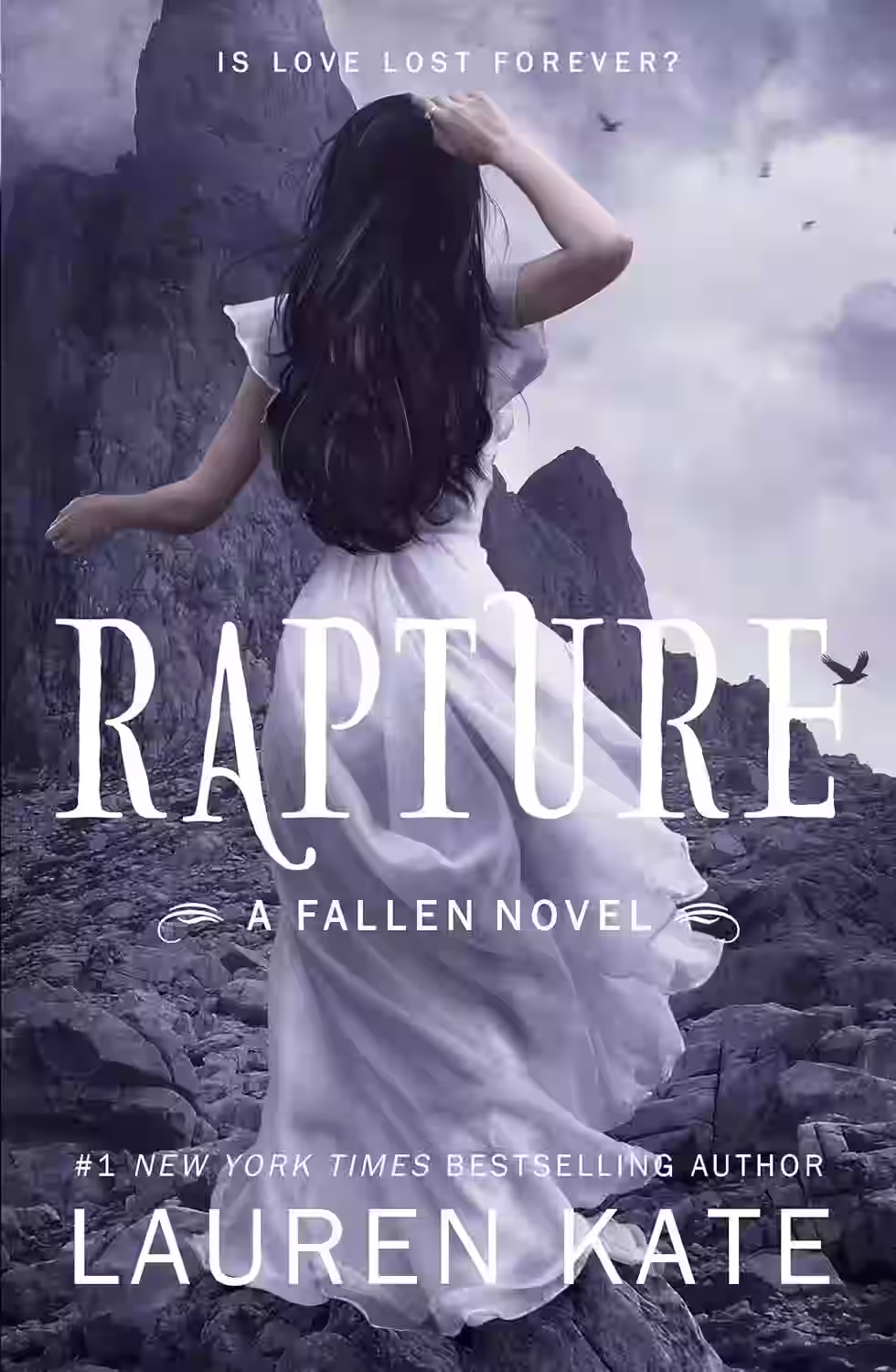
Rapture
by Lauren Kate
Series: Fallen (#4)
In 'Rapture,' Lauren Kate brings a gripping and emotional conclusion to her beloved Fallen series, weaving together themes of love, sacrifice, and the eternal struggle between good and evil. The story picks up with Luce and Daniel facing perilous odds to prevent Lucifer from erasing their shared history and rewriting the past. As they traverse through time, visiting iconic historical moments, the pair must unlock the secrets of their past lives to save the future. Amid these intense trials, their love is tested to its limits, revealing the true nature of destiny and the power of undying devotion. Kate excels in blending romance with fantasy, creating a tale that explores existential themes with a thrilling narrative arc. Engaging and heartfelt, 'Rapture' resonates with readers through its exploration of choice and the impact of love on fate, making it a satisfying conclusion to the series.
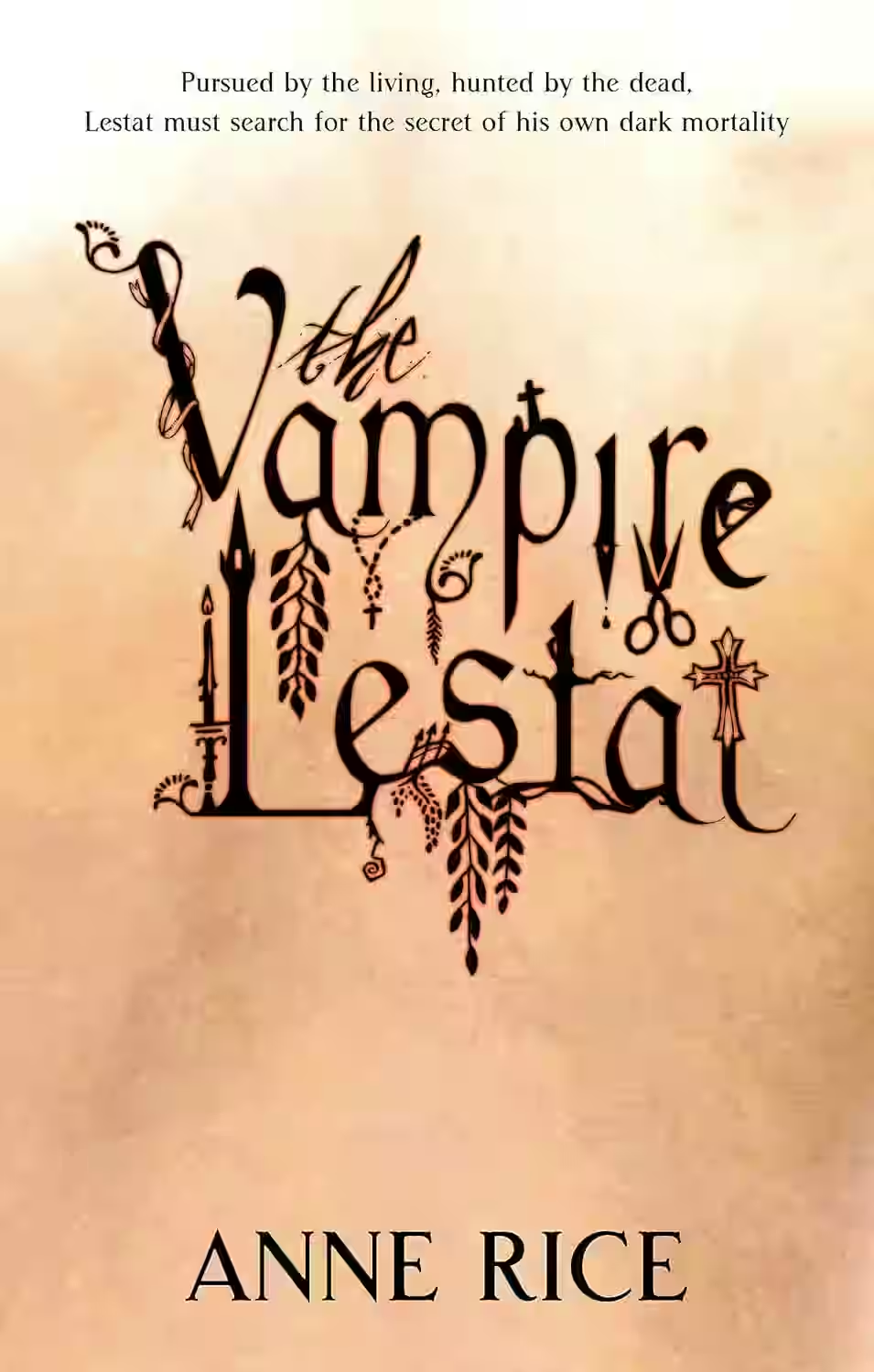
The Vampire Lestat
by Anne Rice
Series: Vampire Chronicles (#2)
In Anne Rice's 'The Vampire Lestat,' readers are drawn into a gripping tale that delves into the complex world of vampires through the eyes of the charismatic and enigmatic Lestat de Lioncourt. This novel explores themes of immortality, morality, and the eternal struggle between good and evil. As Lestat navigates his way through centuries of existence, readers are taken on a journey filled with rich historical detail, lush prose, and compelling character development. The narrative weaves together elements of horror, romance, and philosophical introspection, creating a truly immersive reading experience that leaves a lasting impact.
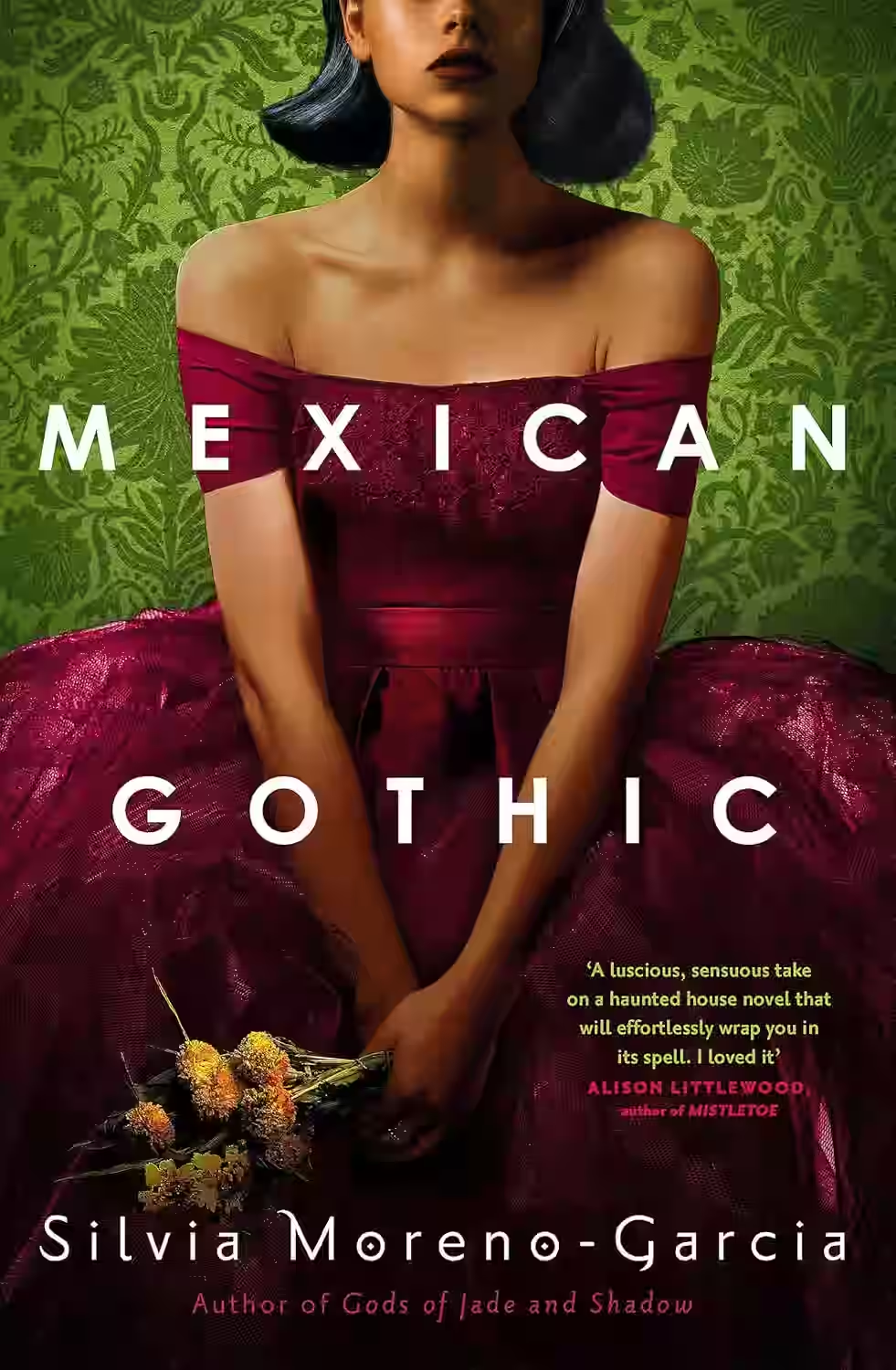
Mexican Gothic
Silvia Moreno-Garcia’s Mexican Gothic is a chilling gothic horror novel set in 1950s Mexico. Socialite Noemí Taboada is sent to a crumbling countryside estate to check on her cousin, who has sent a disturbing letter. There, Noemí discovers a decaying mansion, a mysterious family, and dark secrets tied to the land itself. As the house begins to haunt her dreams, she uncovers horrifying truths. Combining Lovecraftian horror with feminist themes and colonial critique, Mexican Gothic delivers an atmospheric and unsettling tale of resistance, rot, and reclaiming power.
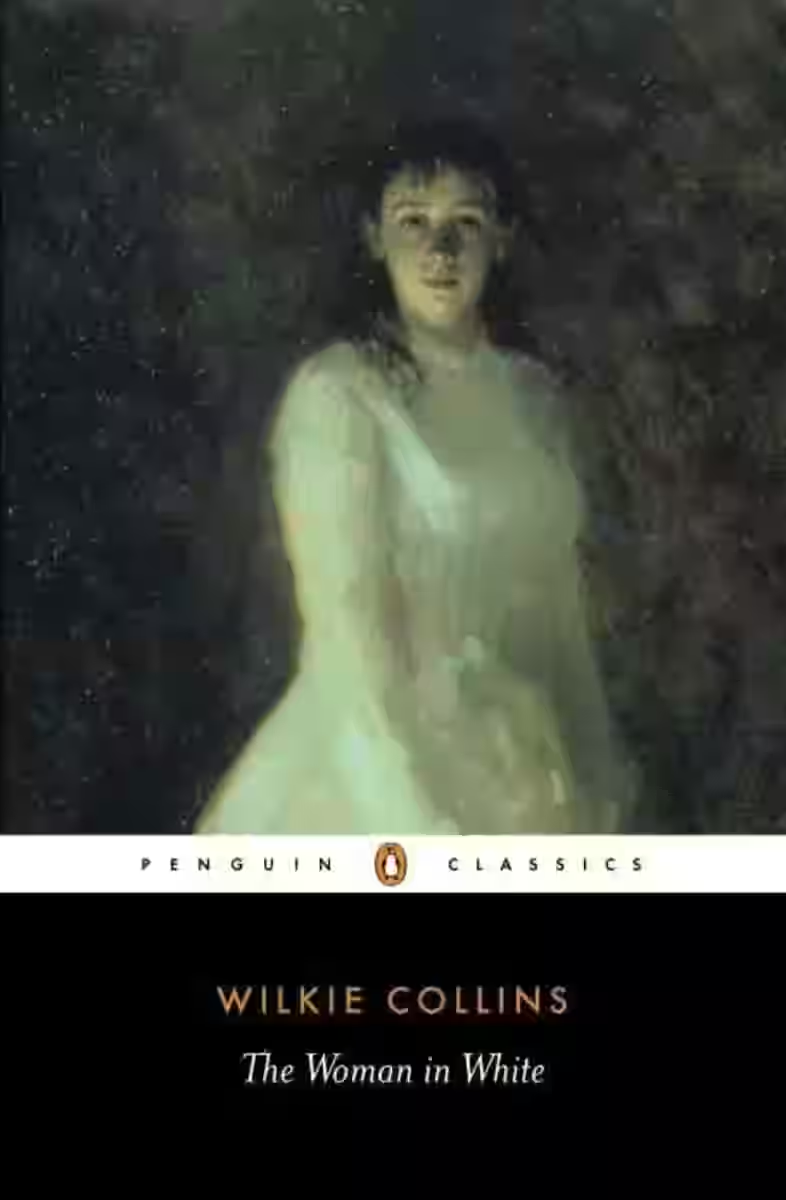
The Woman in White
The Woman in White opens with Walter Hartright’s chilling moonlit encounter with a mysterious woman dressed entirely in white. Hired as a drawing master for the lovely Laura Fairlie, Walter is soon entangled in a web of deception spun by the sinister Sir Percival Glyde and his enigmatic ally, Count Fosco—a man with a fondness for white mice, sweets, and poison. As secrets unravel across country estates and asylums, the novel delves into themes of identity, madness, and justice. Wilkie Collins’s groundbreaking work launched the Victorian sensation genre, blending Gothic suspense with psychological depth and social critique. A true classic.
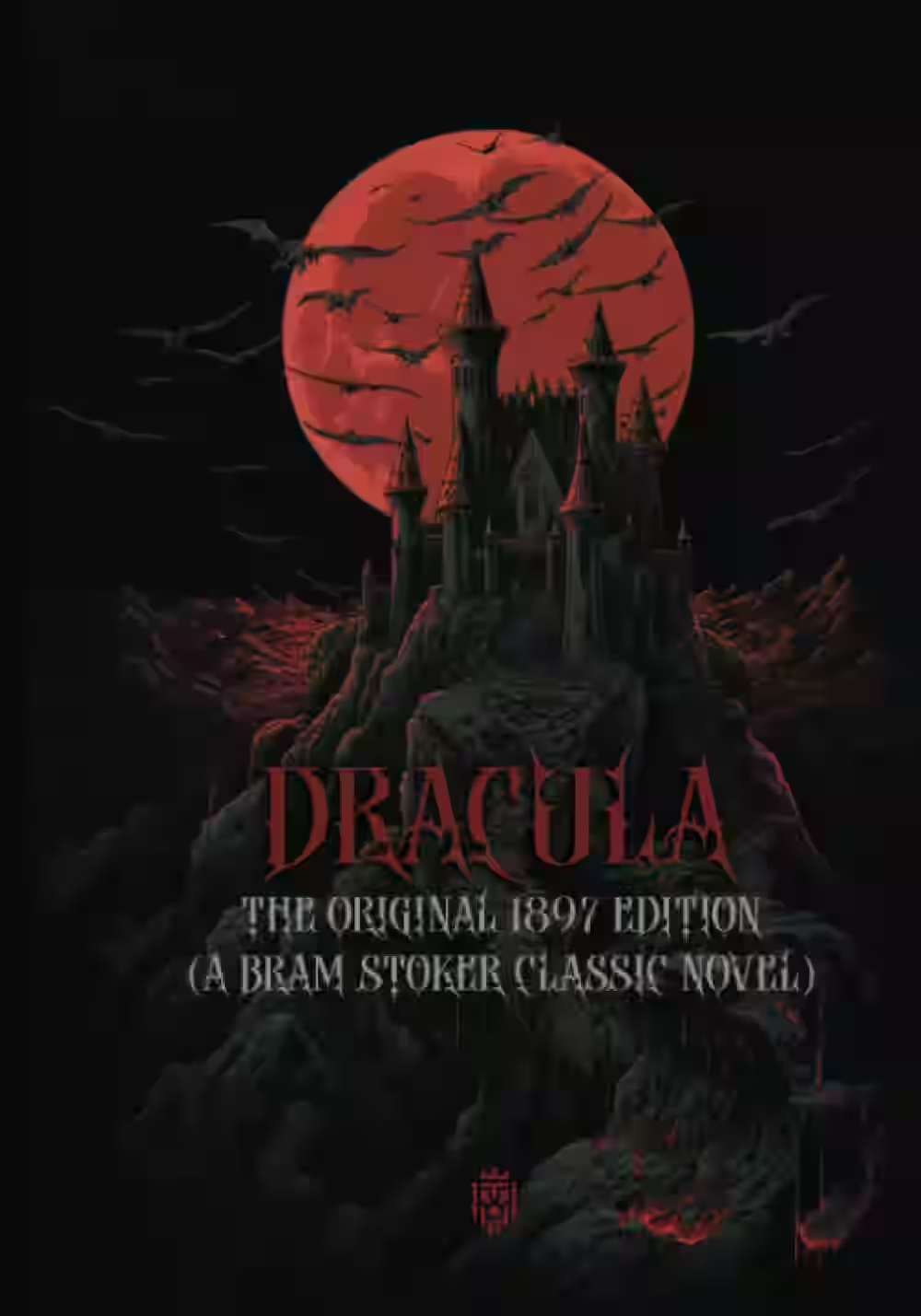
Dracula
by Bram Stoker
Dracula by Bram Stoker is a classic gothic horror novel that introduced Count Dracula, the iconic vampire. Told through letters, diaries, and newspaper clippings, the story follows Jonathan Harker, a young solicitor who travels to Transylvania and encounters the mysterious Count. As Dracula travels to England, he begins to prey on innocent victims, including Lucy Westenra and Mina Harker. A group of friends, led by Professor Van Helsing, bands together to stop the vampire’s reign of terror. Blending suspense, horror, and Victorian anxieties about science and sexuality, Dracula remains one of the most influential and enduring works in horror literature.
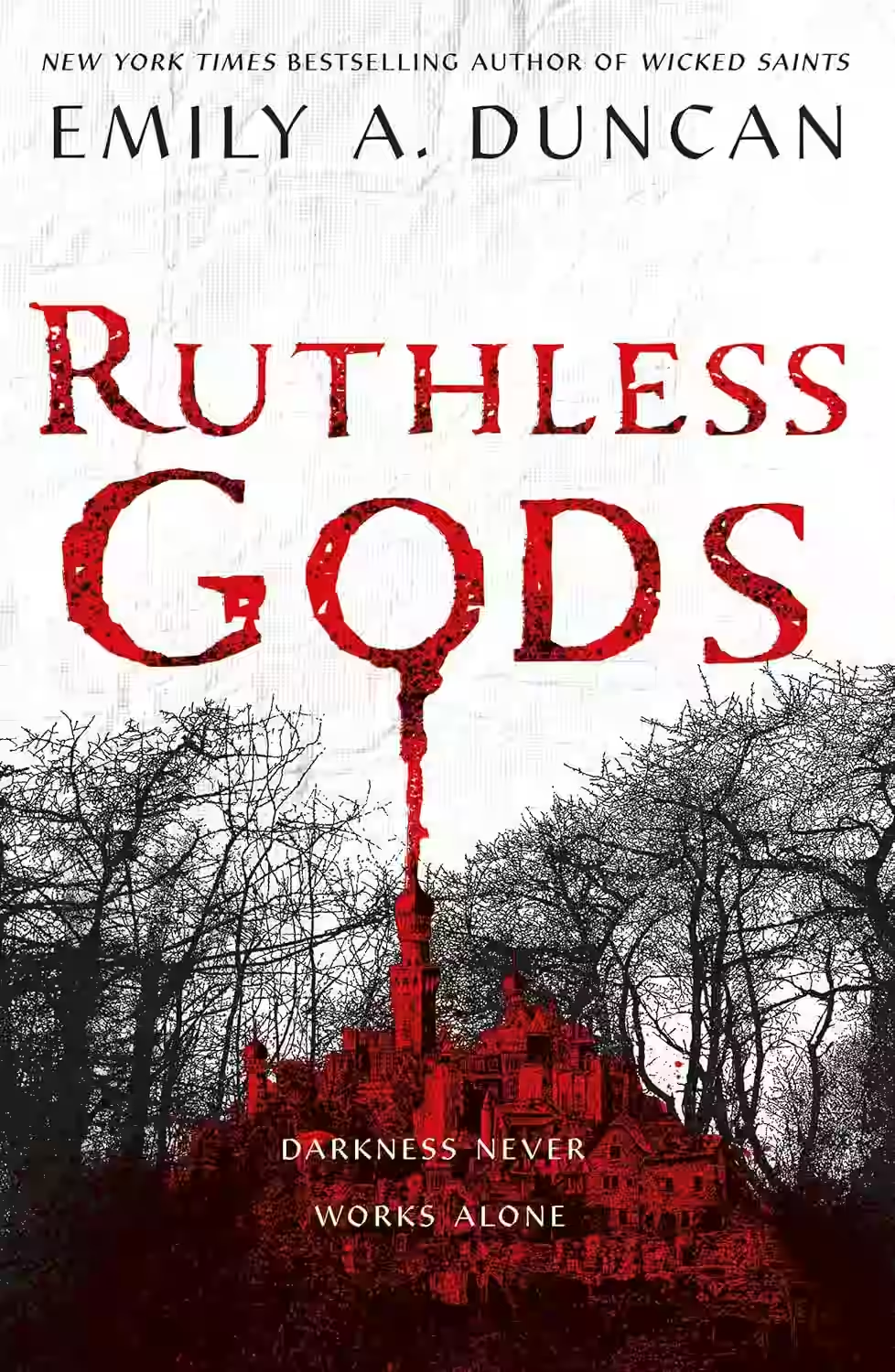
Ruthless Gods
Series: Something Dark and Holy (#2)
In 'Ruthless Gods' by Emily A. Duncan, the dark and gritty sequel to 'Wicked Saints,' we are propelled back into a world steeped in blood magic and treacherous alliances. The story follows Nadya, Serefin, and Malachiasz as they navigate a landscape plagued by gods, monsters, and their own inner demons. The characters are complex, their loyalties constantly tested, and their sacrifices heart-wrenching. Duncan weaves a tale of power, betrayal, and the blurred lines between good and evil with her signature lush prose and intricate world-building. 'Ruthless Gods' will leave you breathless and craving for more.
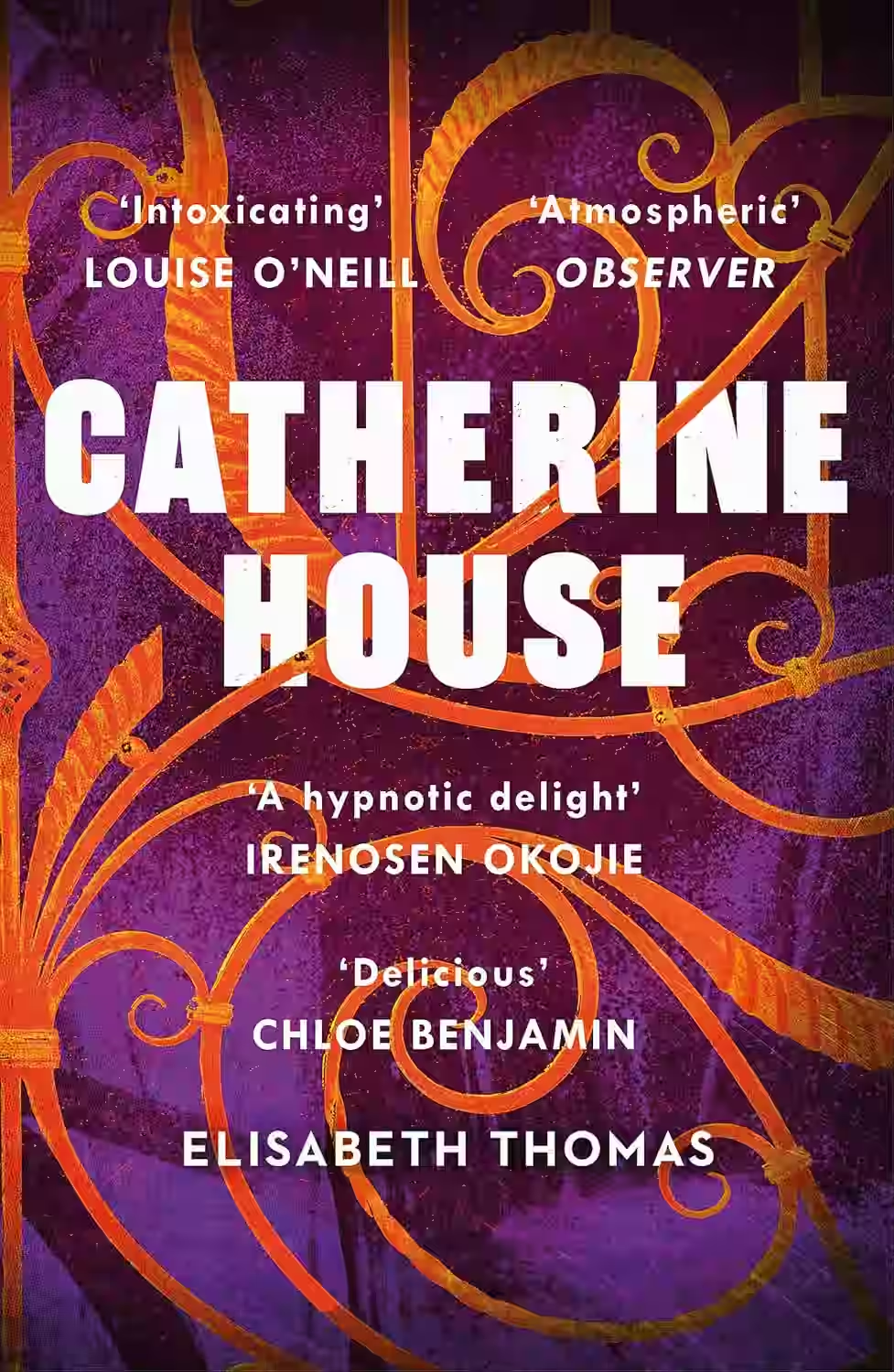
Catherine House
In 'Catherine House' by Elisabeth Thomas, readers are drawn into the mysterious and dark world of an elite university where students trade their freedom for intellectual pursuit. The novel delves into themes of power, isolation, ambition, and the sacrifices one makes in pursuit of knowledge. As Ines, the protagonist, uncovers the unsettling secrets of Catherine House, she becomes entangled in a web of intrigue and danger that challenges her perceptions of reality. Thomas weaves a captivating narrative that keeps readers on edge, questioning the price of excellence. 'Catherine House' is a haunting and atmospheric debut that lingers in the mind long after the final page.
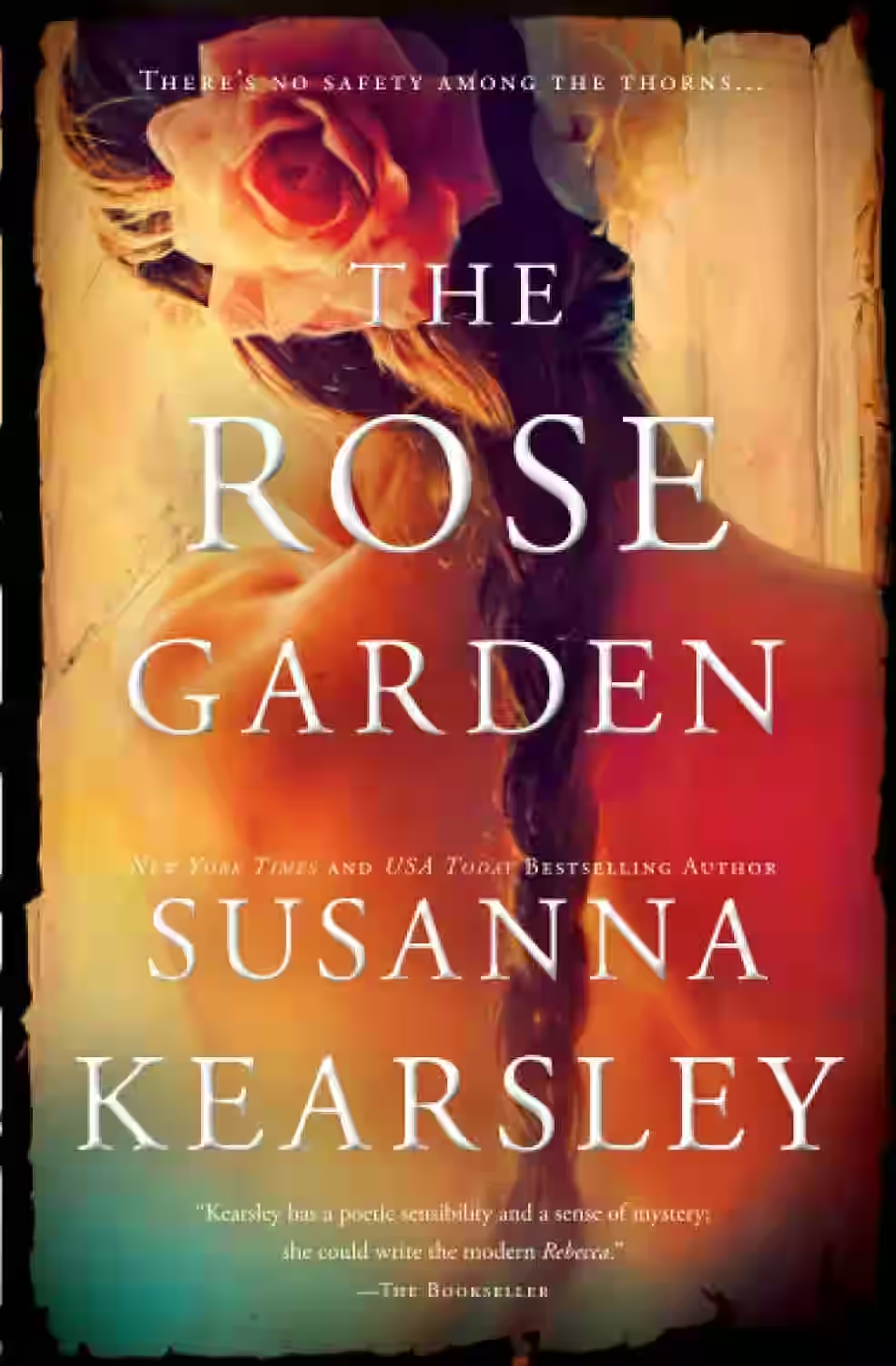
The Rose Garden
In Susanna Kearsley's 'The Rose Garden,' a captivating blend of historical romance and time travel, protagonist Eva Ward returns to her childhood home in Cornwall after her sister's death. The narrative intricately weaves Eva's present-day experiences with the early 18th century, as she finds herself traversing time and entangled with the charismatic yet mysterious Daniel Butler. The novel explores themes of love, loss, and the enduring power of memory, set against the vividly described backdrop of the Cornish coast. Kearsley's poetic prose and her ability to evoke emotion create an immersive reading experience that captures the heart and imagination.
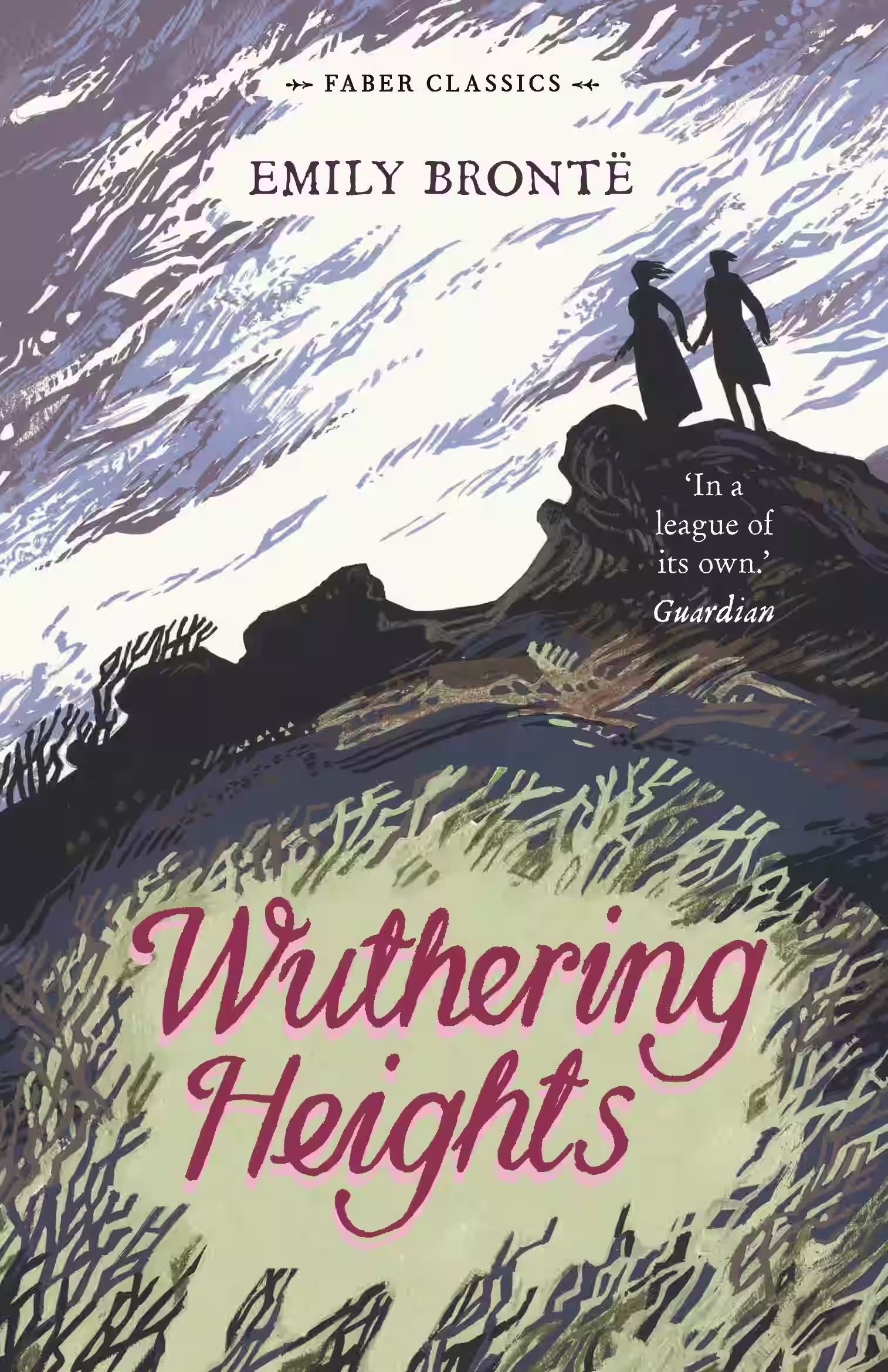
Wuthering Heights
by Emily Bronte
Emily Brontë’s Wuthering Heights is a dark, gothic tale of passion and revenge set on the Yorkshire moors. It tells the turbulent story of Heathcliff and Catherine Earnshaw, whose intense but doomed love leads to generational conflict and psychological torment. Narrated through nested perspectives, the novel explores themes of obsession, class, nature, and the supernatural. Despite its initial criticism, it has since become a literary classic known for its emotional intensity, atmospheric setting, and unorthodox structure.
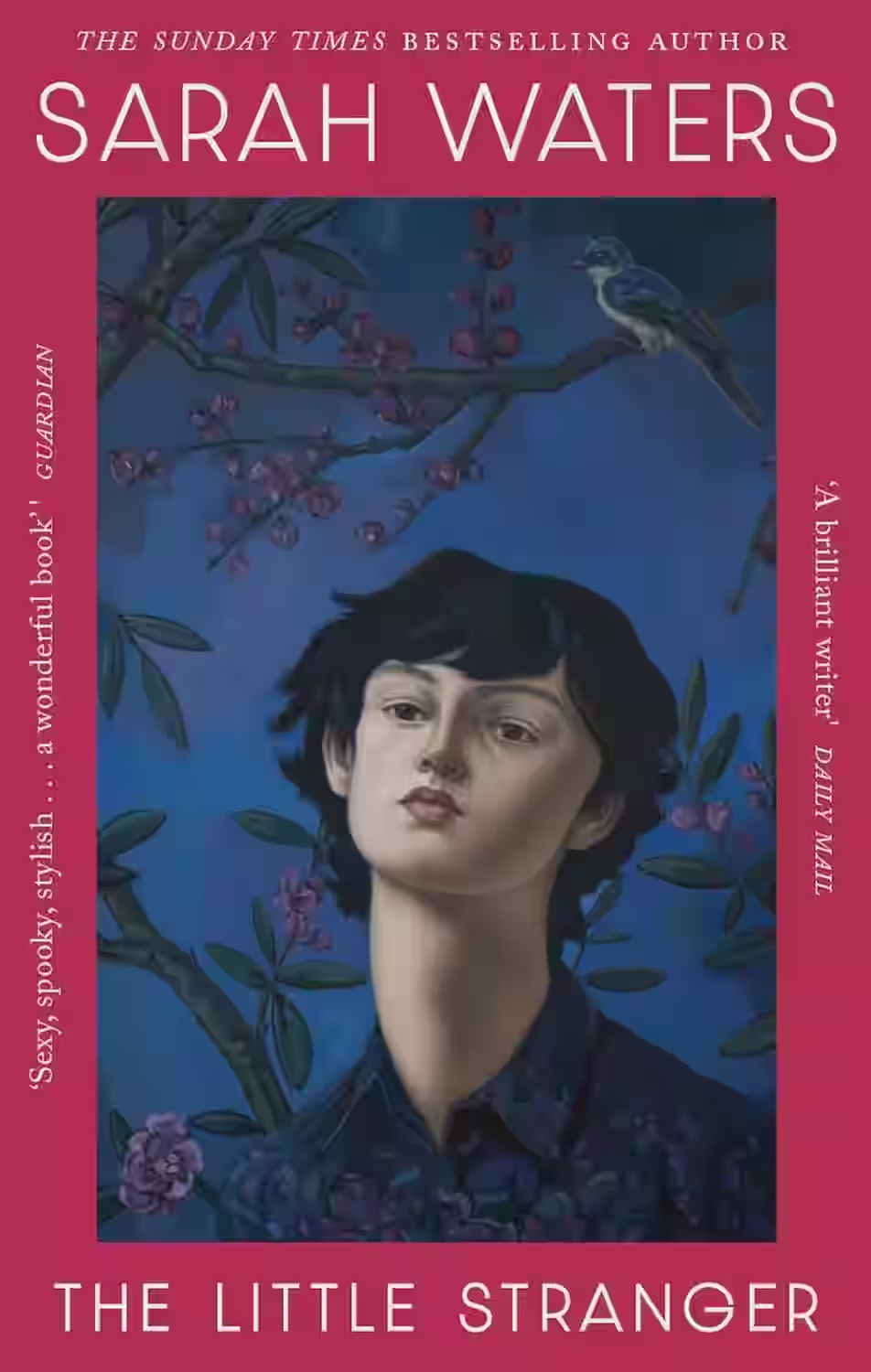
The Little Stranger
by Sarah Waters
Set in post-World War II Britain, 'The Little Stranger' by Sarah Waters is a gripping Gothic novel that intertwines elements of mystery, psychological suspense, and social commentary. The story follows Dr. Faraday, a country physician who becomes entwined with the Ayres family living in the decaying Hundreds Hall. As strange occurrences plague the once-grand estate, tensions rise, leading to a chilling climax that blurs the lines between reality and the supernatural. Waters expertly crafts a haunting atmosphere while delving into themes of class, trauma, and the decline of the British aristocracy. 'The Little Stranger' is a thought-provoking and atmospheric tale that will keep readers eagerly turning the pages.
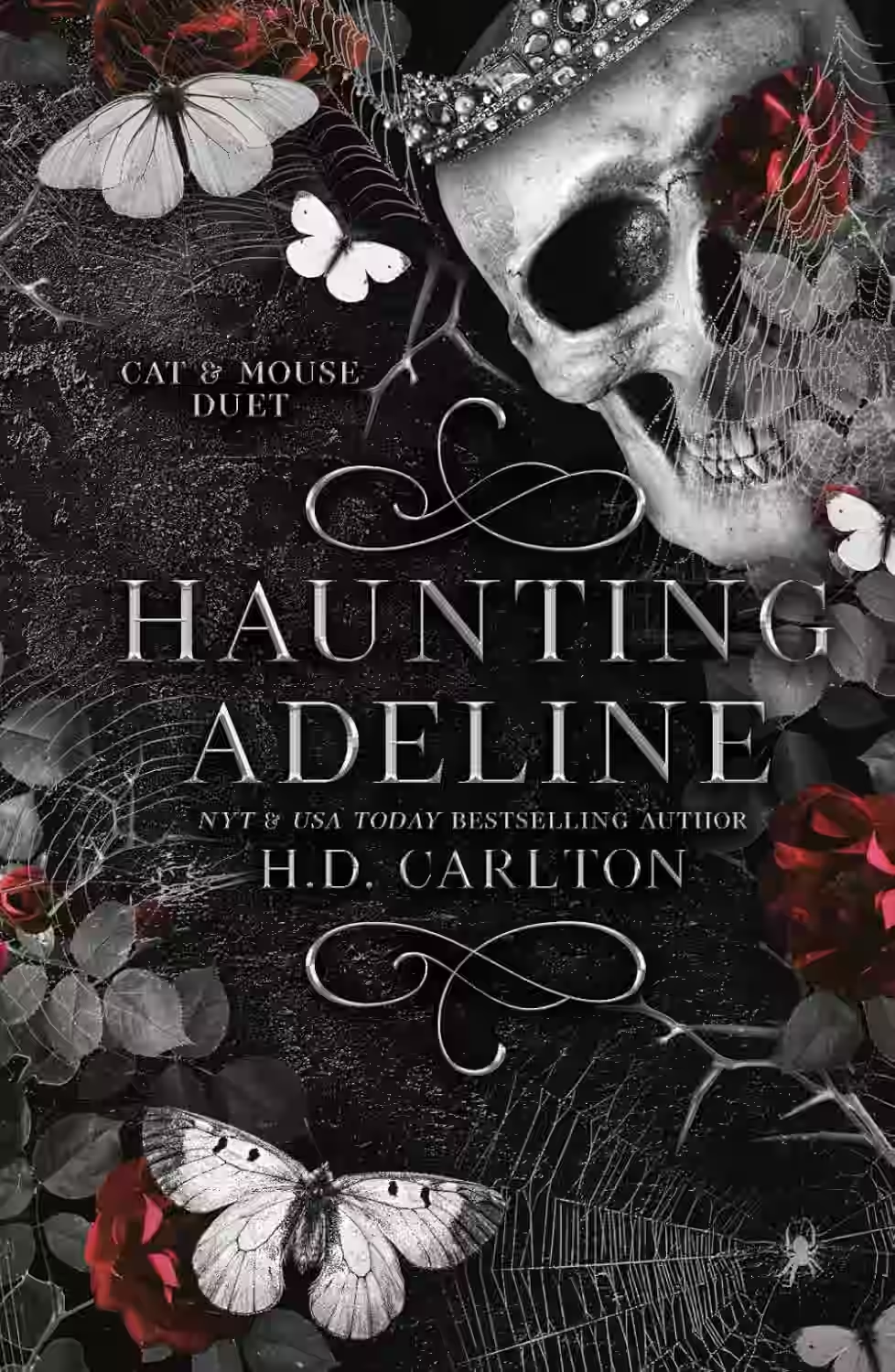
Haunting Adeline
by H.D. Carlton
Series: Cat and Mouse Duet (#1)
In 'Haunting Adeline' by H.D. Carlton, readers are immersed in a gripping tale of love, betrayal, and the supernatural. The story follows Adeline, a young woman with a mysterious connection to a Victorian ghost, as she delves into her past to uncover dark family secrets. As Adeline navigates between the present and the past, the line between reality and the supernatural blurs, leading to a thrilling climax that will keep readers on the edge of their seats. Carlton weaves a complex narrative with well-developed characters and a haunting atmosphere that lingers long after the final page. 'Haunting Adeline' is a haunting blend of romance and mystery that will captivate fans of gothic fiction.
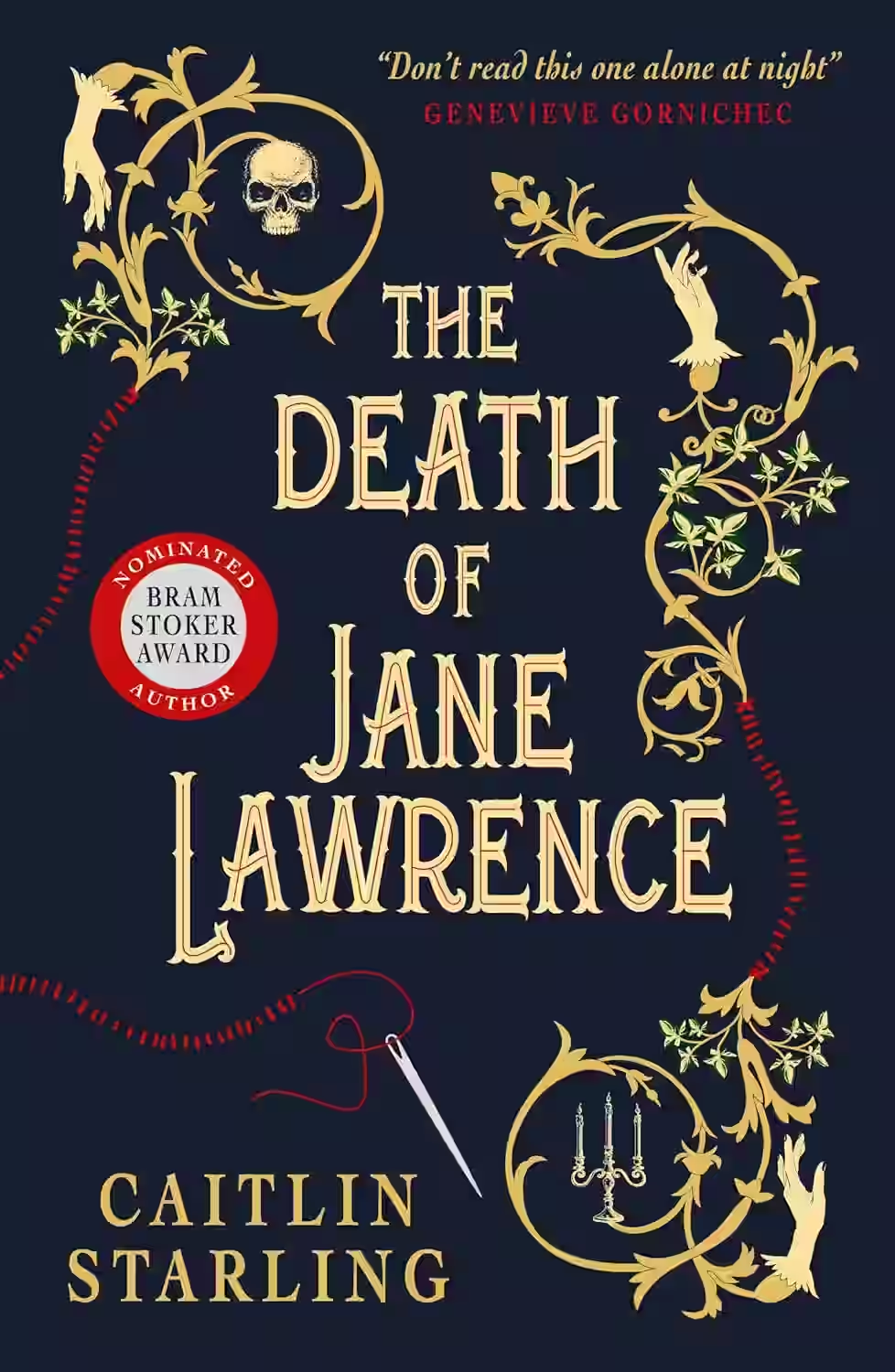
The Death of Jane Lawrence
In Caitlin Starling's gothic horror novel, 'The Death of Jane Lawrence,' readers are drawn into a dark and atmospheric tale of love, secrets, and the supernatural. The story follows Jane Lawrence, a bride-to-be who becomes embroiled in a haunting mystery involving her enigmatic husband, his eerie estate, and the sinister forces that lurk within. As Jane unravels the chilling truths hidden within the walls of her new home, she must confront her deepest fears and make unimaginable choices. With its gripping plot, eerie ambiance, and strong character development, Starling weaves a captivating narrative that will keep readers on the edge of their seats.
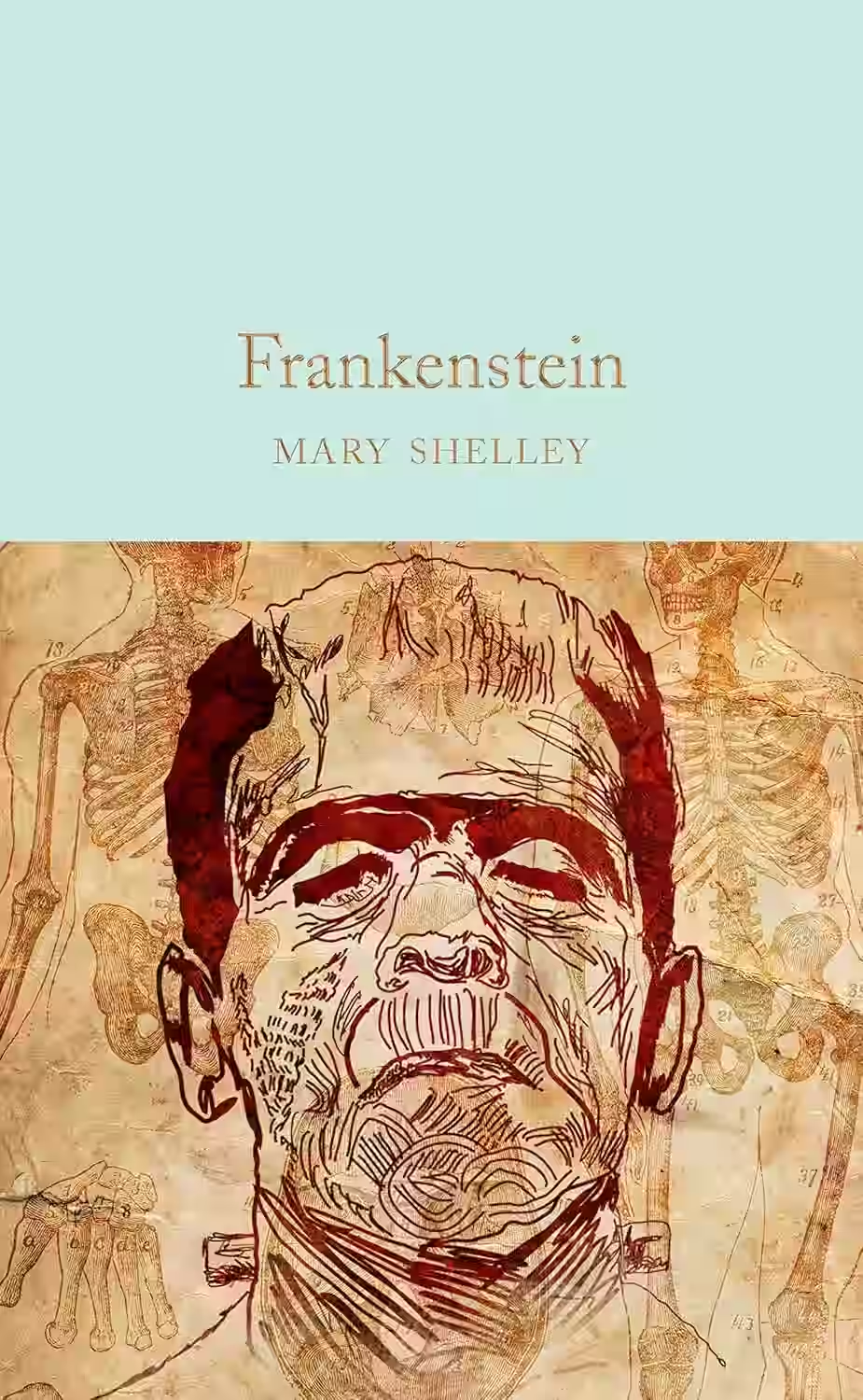
Frankenstein
by Mary Shelley
Frankenstein by Mary Shelley is a gothic novel about Victor Frankenstein, a young scientist who creates a sentient creature through an unorthodox scientific experiment. Horrified by what he has made, Victor abandons the creature, who is left to face a hostile world alone. Rejected and misunderstood, the creature becomes increasingly bitter and vengeful, leading to a tragic cycle of destruction. The novel explores themes of ambition, responsibility, isolation, and the dangers of playing God. First published in 1818, Frankenstein is considered one of the earliest works of science fiction and remains a powerful meditation on humanity and creation.

Beloved
It is the mid-1800s and as slavery looks to be coming to an end, Sethe is haunted by the violent trauma it wrought on her former enslaved life at Sweet Home, Kentucky. Her dead baby daughter, whose tombstone bears the single word, Beloved, returns as a spectre to punish her mother, but also to elicit her love. Told with heart-stopping clarity, melding horror and beauty, Beloved is Toni Morrison's enduring masterpiece.
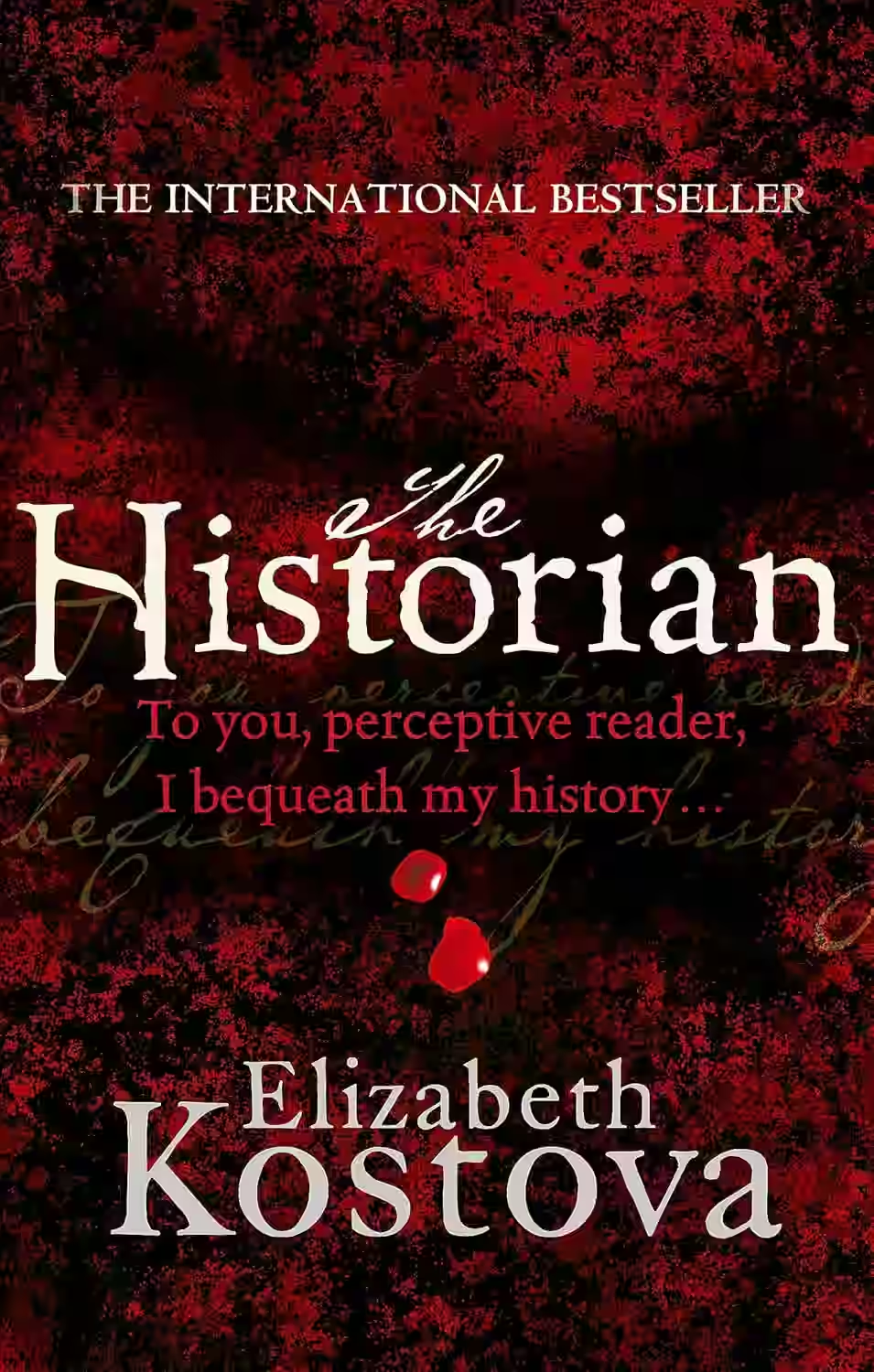
The Historian
Elizabeth Kostova's 'The Historian' is an intricate tapestry of mystery, history, and the supernatural, weaving a narrative that spans generations and continents. The novel follows a young woman who discovers a mysterious book and a cache of letters in her father's library, thrusting her into a dark journey filled with ancient secrets and the elusive legend of Dracula. As she delves deeper, the line between myth and reality blurs in this gripping quest that explores themes of obsession, legacy, and the haunting power of history. Kostova's rich prose and meticulous research create an immersive experience, making 'The Historian' a compelling read for those who appreciate historical thrillers with a gothic touch.
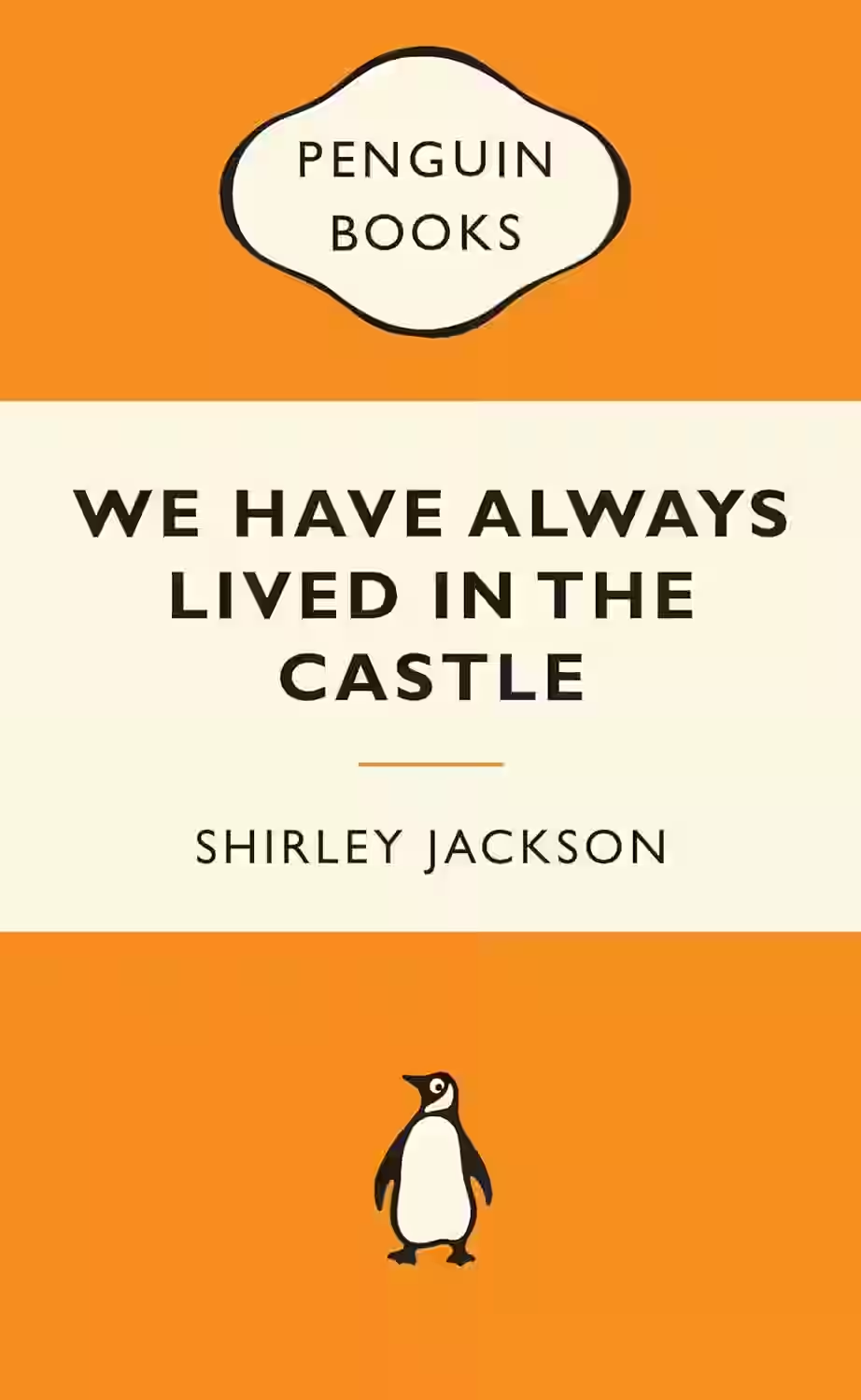
We Have Always Lived in the Castle
Shirley Jackson's 'We Have Always Lived in the Castle' is a haunting tale of the reclusive Blackwood sisters, Merricat and Constance, who live isolated in their grand family home after a tragic event. Delving into themes of family, isolation, and the darkness that can lurk beneath the surface of small communities, Jackson weaves a chilling narrative filled with suspense and psychological intrigue. As secrets unravel and tensions rise, the novel grips readers with its eerie atmosphere and unrelenting sense of unease. A gothic masterpiece that lingers long after the final page is turned.
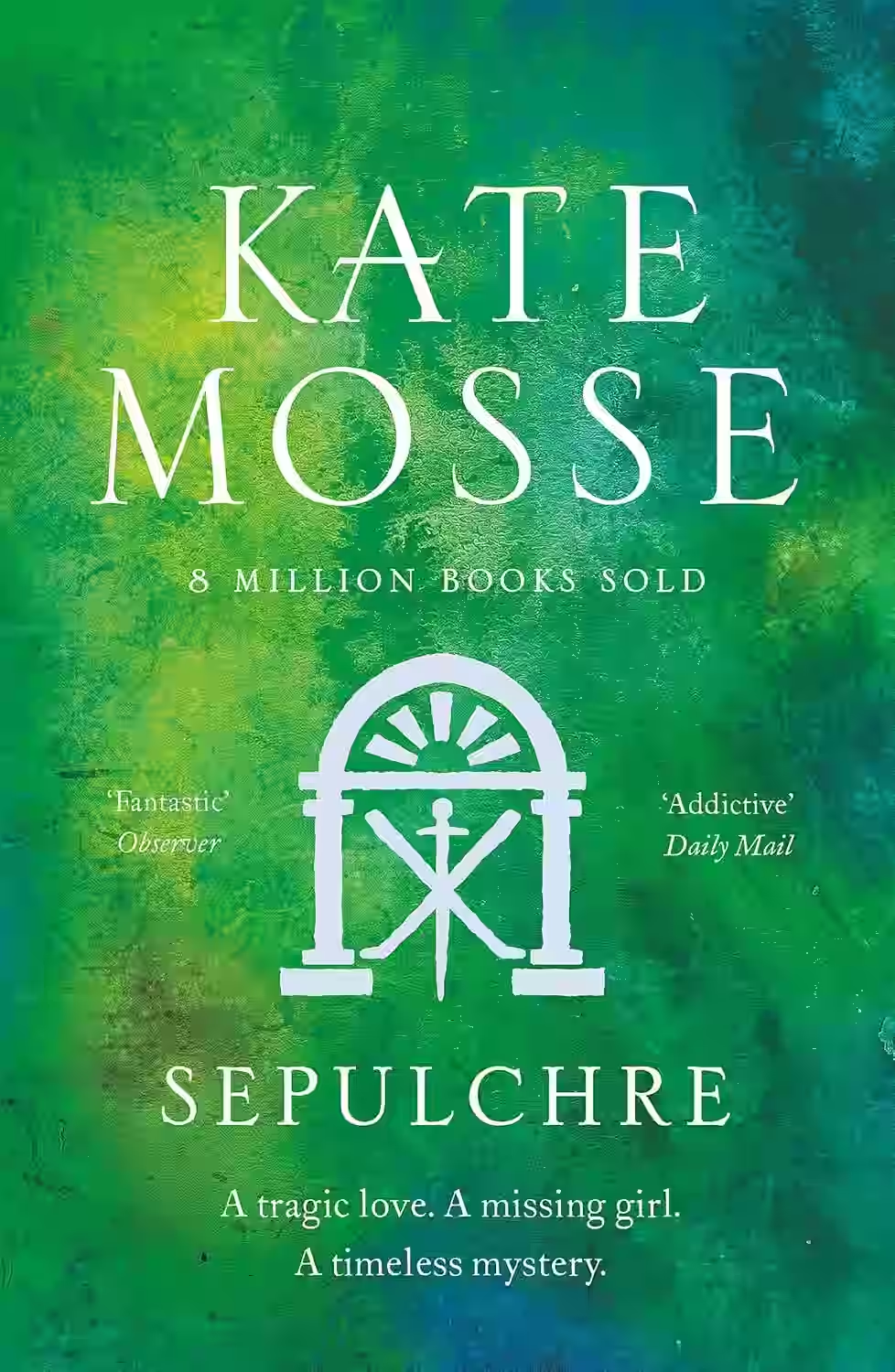
Sepulchre
by Kate Mosse
Series: Languedoc (#2)
Kate Mosse’s 'Sepulchre' intricately weaves a dual timeline narrative, drawing readers into a gripping world of history, mysticism, and suspense. Set against the backdrop of the Languedoc region in France, the story alternates between the late 19th century and the modern day, engagingly intertwining the lives of Léonie Vernier and Meredith Martin. As Léonie unravels her family's secrets in a haunted estate, Meredith embarks on a journey connected to her own past and destiny, echoing themes of fate and legacy. Mosse masterfully blends a gothic atmosphere with elements of tarot and the supernatural, delivering a richly detailed and enchantingly mysterious tale that explores the complexities of power, history, and sacrifice.
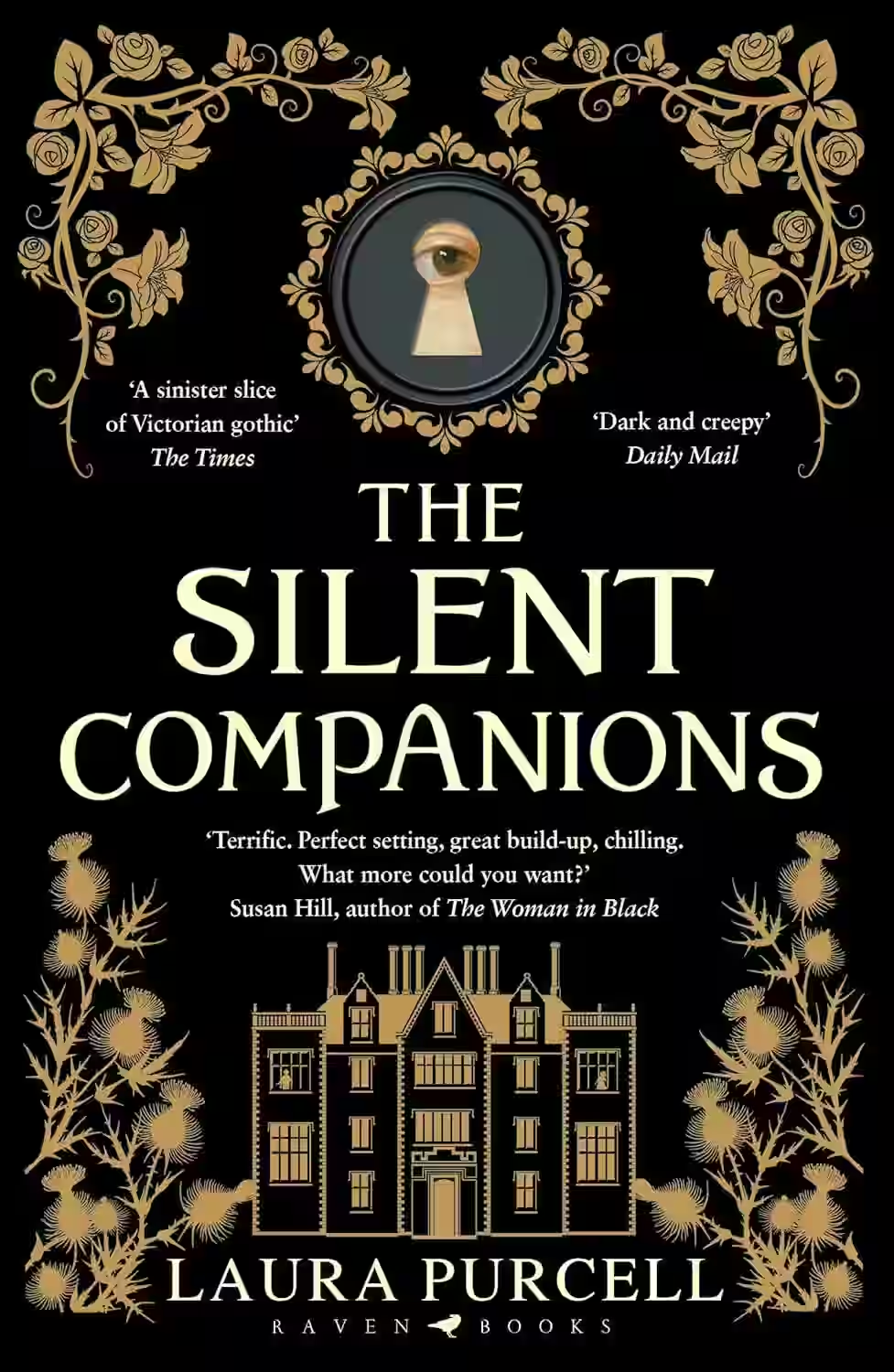
The Silent Companions
In Laura Purcell's chilling gothic novel, 'The Silent Companions,' readers are transported to a remote estate filled with dark secrets and ominous occurrences. Set in the 19th century, the story revolves around Elsie, a recently widowed young woman who discovers a mysterious painted wooden figure called a 'silent companion.' As Elsie delves deeper into the history of the house, she unravels a haunting tale of madness, betrayal, and supernatural forces. Purcell masterfully weaves together elements of psychological suspense, ghostly apparitions, and historical intrigue, keeping readers on edge until the heart-stopping conclusion. 'The Silent Companions' is a gripping tale that will leave you enthralled and haunted long after the final page.
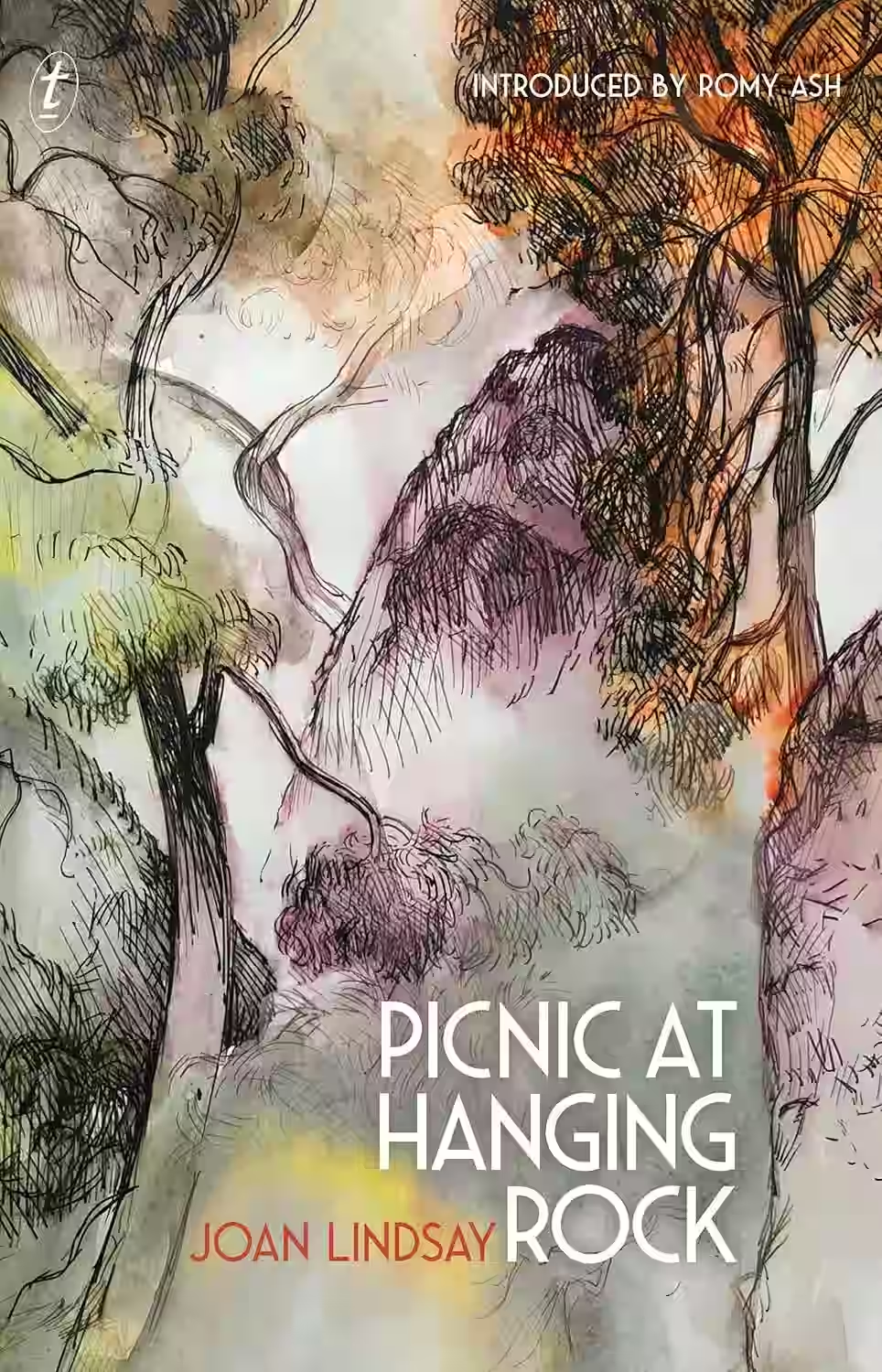
Picnic at Hanging Rock
by Joan Lindsay
Joan Lindsay's Picnic at Hanging Rock is a haunting novel set in 1900 Australia, where a group of schoolgirls from Appleyard College embark on a Valentine's Day picnic to the enigmatic Hanging Rock. During the outing, several girls and a teacher mysteriously vanish without a trace, sending shockwaves through the community. The narrative delves into the ensuing hysteria, the unraveling of the school's facade, and the lingering questions surrounding the disappearances. Lindsay's atmospheric prose and open-ended mystery invite readers to ponder themes of repression, the unknown, and the thin veneer of civilization.
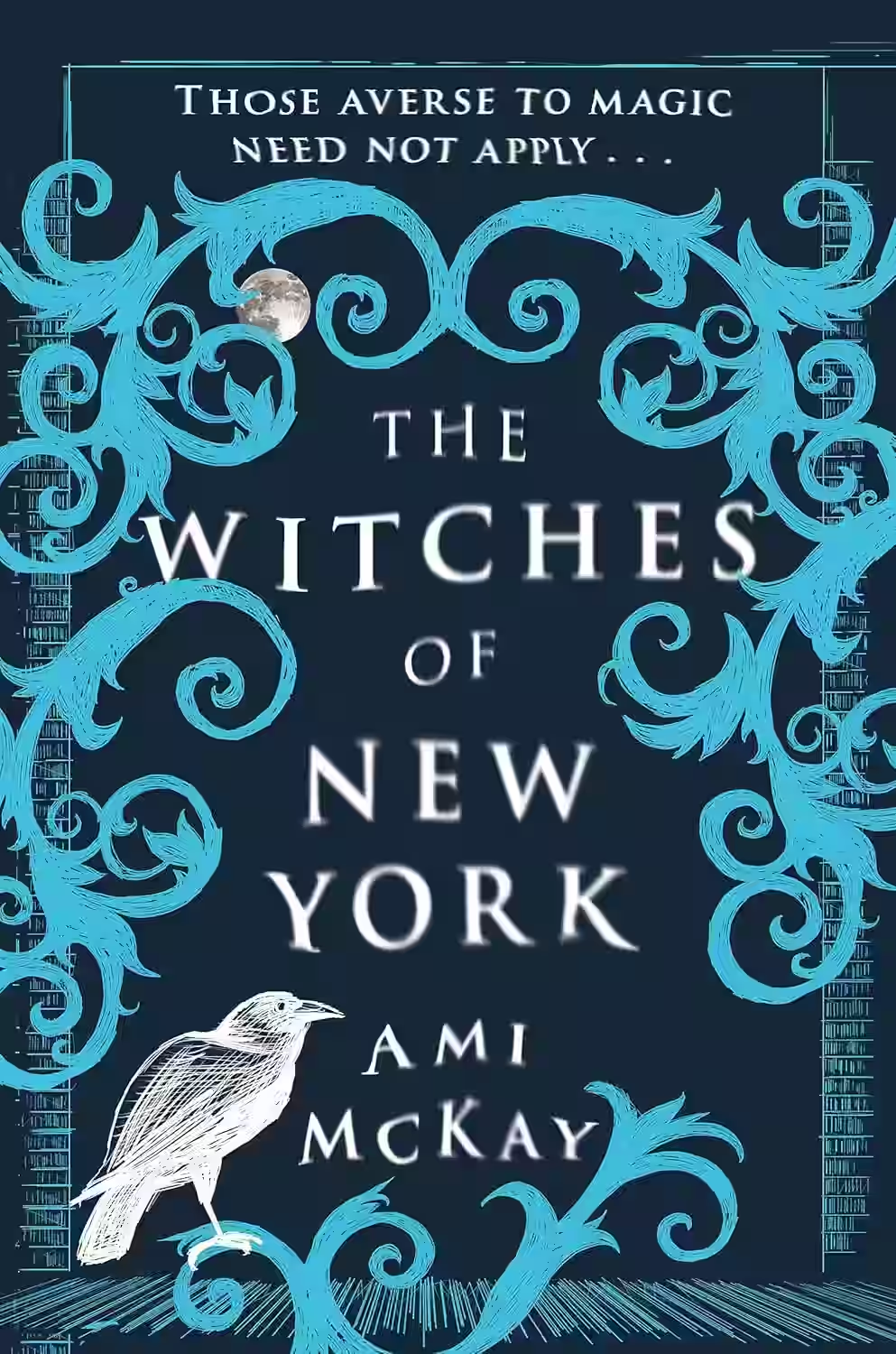
The Witches of New York
by Ami McKay
In 'The Witches of New York,' Ami McKay weaves a captivating tapestry of historical fiction that blends elements of fantasy and social commentary. Set in 1880s New York City, the novel immerses readers into the lives of three extraordinary women: Adelaide Thom, Eleanor St. Clair, and the seemingly unremarkable Beatrice Dunn. They operate a tea shop that serves as a sanctuary for women seeking wisdom and healing. When mysterious occurrences and dark threats begin to close in, these three are propelled into a world of danger and intrigue. Rich in atmospheric detail, McKay's narrative confronts themes of female empowerment, otherness, and the societal constraints women face. Amidst the realism of New York's bustling streets, the story balances myth, mystery, and history to craft an enchanting and thought-provoking tale. Readers are drawn into the magical undercurrents of these women's lives, confronting prejudice and embracing the mystical bond of sisterhood. McKay's lyrical prose not only entertains but also incites reflection on the enduring spirit of women who defy the roles prescribed to them.
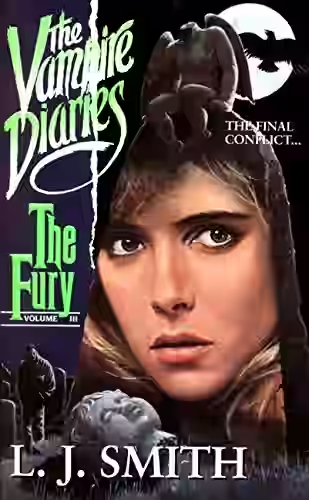
The Vampire Diaries: The Fury
by L.J. Smith
Series: The Vampire Diaries (#3)
In 'The Vampire Diaries: The Fury,' the thrilling third installment of L.J. Smith's popular series, readers are plunged deeper into the supernatural tensions that grip the town of Mystic Falls. The story follows Elena Gilbert, who, after undergoing a drastic transformation, must navigate her new life and the complexities of love, loyalty, and identity that come with it. The book weaves together themes of power, redemption, and sacrifice, as Elena and her companions face formidable foes and internal struggles. Smith's captivating storytelling and well-drawn characters maintain the momentum of the series, making 'The Fury' both a pivotal and gripping continuation of the saga that explores the dark and transformative nature of love and immortality.